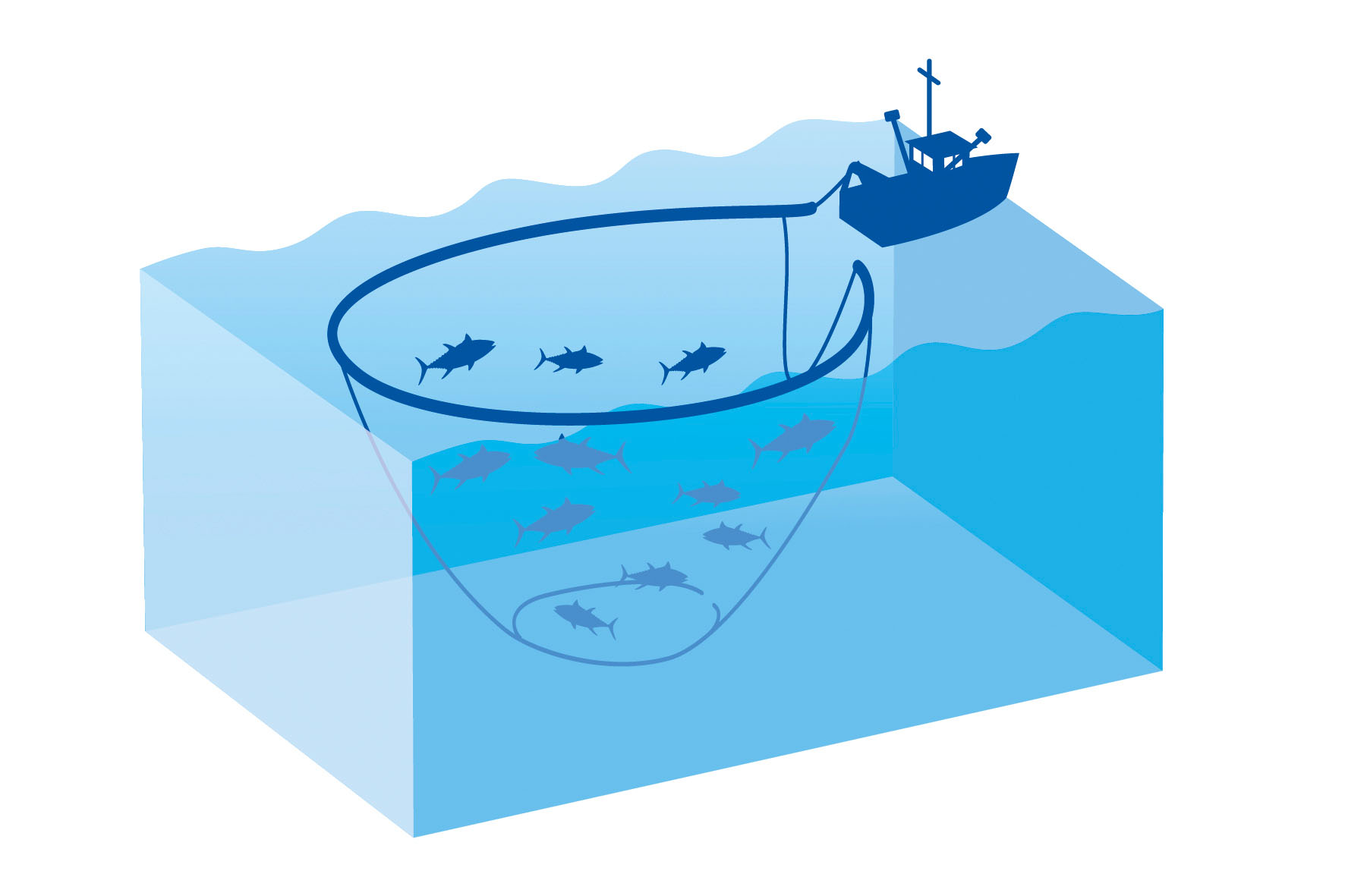Biology & Physical Description
The shortbill spearfish has a dark black band extends across the top of the fish with a silver-white colour below. The dorsal and ventral fins are almost black and the anal fins are a white colour. The inner surfaces of the tail and the pectoral fins are black and the outer surface is white.
These species are lesser-known and small members of the Istiophoridae family of billfish that are also referred to as slender spearfish. They are pelagic, offshore, deep-water fish that appear to be available all year in small numbers but are infrequently encountered by anglers in most parts of their range. They feed near the surface, mainly on small and medium-sized fishes and squids, including dolphin, sauries, flying fish, needlefish and pilot fish. Spearfish can be distinguished from other billfish by a slender, lightweight body, short bill, and a dorsal fin that is higher than in marlin and lower than in the sailfish. The vent is located well in front of the anal fin; in all other billfish, the vent is located close to the anal fin. The bill of the shortbill spearfish is barely longer than its lower jaw. The pectoral fins of the shortbill barely reaches to the curve of the lateral line. The shortbill spearfish has 47 to 50 elements more in the first dorsal fin than any other Atlantic billfish, although it may appear similar to the white marlin. The lateral line is single and arches above the pectoral fins. The dorsal fin is bright blue and has no spots. The vertical bars on the body are never as prominent as in other billfish and may show only slightly or not at all. Dorsal spines (total): 0; Dorsal soft rays (total): 51-57; Anal spines: 0; Anal soft rays: 18 - 23. Dark blue above, blue splattered with brown on the sides, silvery white below; 1st dorsal fin plain dark blue, other fins brown or dark brown; anal fin bases with tinges of silvery white.





















 Spearfish (Shortbill)
Spearfish (Shortbill) 







